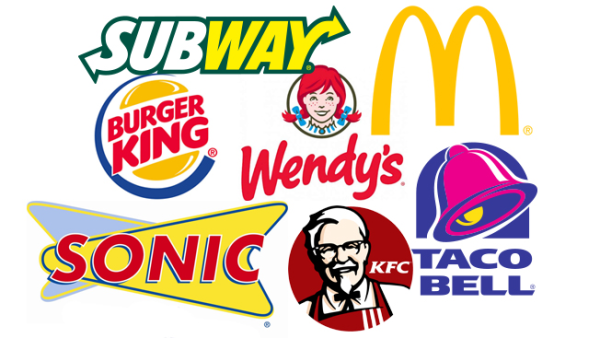
Adweek recently reported the results of a SocialFlow study examining the effectiveness of fast food chains' use of social media for consumer engagement. Surprisingly, the top performer on the engagement metric was Subway, in spite of the fact that the sandwich chain has slightly more than half of the followers compared to fast-food juggernaut McDonald's.
Just how do they manage to pull in more than double the consumer engagements in spite of the seemingly insurmountable advantage McDonald's has in number of followers? My guess is that there are two key factors that are at play in this result.
First, the last few years have seen a drastic increase in people interested in healthy living. McDonald's (and other fast food restaurants) have been vilified in both the entertainment and the news media. As a result, I surmise that social desirability plays a significant role in the higher rate of engagement with Subway posts compared to McDonald's posts. In other words, people worry that their peers might judge them for enjoying McDonald's, so while they might "like" them on Facebook, they're not going to engage with the content on Facebook by commenting, liking, or sharing specific posts.
On the other side of that, Subway is seen as the "healthy" fast food, so social desirability again plays a role but in the opposite direction.
The second key factor is probably related to the way Subway writes their social media updates. Although they aren't necessarily more frequent posters to social media compared to McDonald's, Subway does ask their users to interact, either by having voting via comments/likes, by asking questions, or by providing other invitations to interact with the brand online. For McDonald's, posts are much more informational in nature, and generally lack clear invitations to engage.
This is a good lesson for all social marketers... just like you would ask for the sale, you must ask for the engagement!